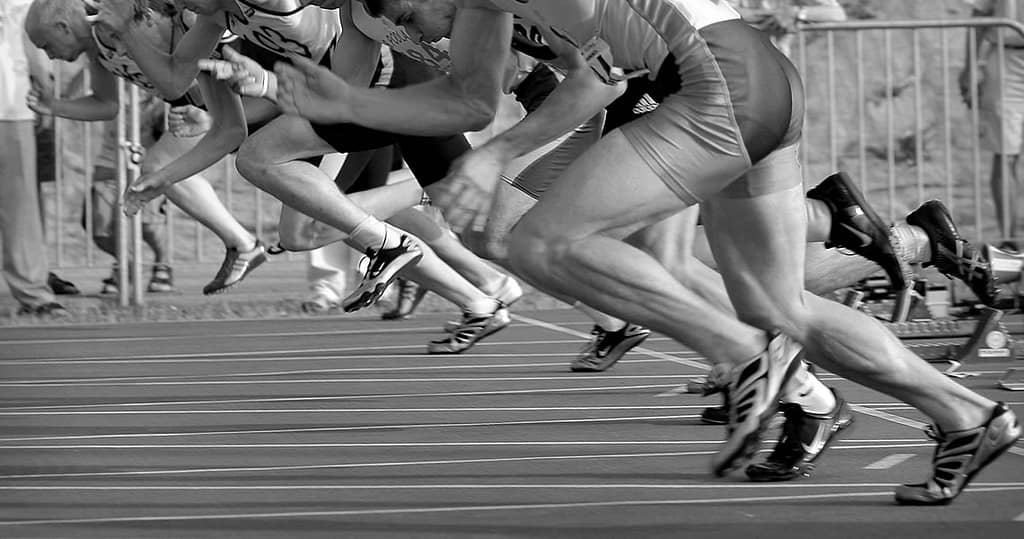How does Chinese Medicine help with Gout?
Gout is a type of inflammatory arthritis caused by the buildup of uric acid crystals in the joints. It is characterized by sudden, severe attacks of pain, swelling, redness, and tenderness in the affected joints, often in the big toe but also in other joints such as the ankles, knees, wrists, and fingers. The excessive accumulation of uric acid in the blood, known as hyperuricemia, leads to the formation of these crystals, which then trigger inflammation and pain.
Gout is more likely to affect certain populations due to various risk factors. Those who are most likely to get gout include:
- Men: Gout is more common in men than in women, with about 95% of gout patients being male. However, women’s risk of gout increases after menopause, when their uric acid levels tend to rise.
- Older adults: The likelihood of developing gout increases with age. It is most commonly observed in people between the ages of 30 and 40 for men and after menopause for women.
- People with a family history of gout: Genetics can play a role in an individual’s susceptibility to gout, so those with a family history of the condition are at a higher risk.
- Individuals with obesity or overweight: Excess weight can contribute to higher uric acid levels in the blood, increasing the risk of gout.
- People with certain medical conditions: Conditions such as hypertension, diabetes, kidney disease, and metabolic syndrome can increase the risk of gout.
- Those with a diet high in purines: Consuming a diet rich in purines, found in foods like red meat, seafood, and organ meats, can elevate uric acid levels and increase the risk of gout.
- High alcohol consumption: Drinking large amounts of alcohol, particularly beer and spirits, can raise uric acid levels and contribute to the development of gout.
- People taking certain medications: Some medications, like diuretics and low-dose aspirin, can increase the risk of gout by affecting uric acid levels in the blood.
It is important to note that not everyone with these risk factors will develop gout, but being aware of them can help in the prevention and management of the condition.
Treatment for gout typically involves medications to manage acute attacks and reduce inflammation, as well as long-term medications to lower uric acid levels and prevent future episodes. Lifestyle modifications, such as dietary changes, weight management, and reducing alcohol intake, are also important in managing and preventing gout.

Traditional Chinese Medicine (TCM) has been used for centuries to treat and manage gout. In TCM, gout is often associated with an imbalance in the body, such as dampness, heat, and stagnation of Qi (vital energy) and blood. TCM aims to restore balance in the body and alleviate symptoms through various treatment methods. Some of the ways TCM can help with gout include:
- Herbal medicine: TCM practitioners may prescribe herbal formulas to help reduce inflammation, alleviate pain, and promote the excretion of uric acid. Herbs with anti-inflammatory, diuretic, and pain-relieving properties are often used in these formulas.
- Acupuncture: Acupuncture involves the insertion of thin needles into specific points on the body to stimulate the flow of Qi and restore balance. Acupuncture can help reduce pain and inflammation in gout patients by improving blood circulation and promoting the body’s natural healing processes.
- Moxibustion: Moxibustion involves burning dried mugwort near the skin to stimulate acupuncture points and promote the flow of Qi. It can help relieve pain and reduce inflammation associated with gout.
- Tui Na massage: Tui Na is a therapeutic massage technique that uses acupressure and manipulation to stimulate energy channels and promote healing. It can help improve blood circulation, reduce pain, and alleviate stiffness in gout patients.
- Cupping therapy: Cupping involves the use of suction cups on the skin to increase blood flow and stimulate the flow of Qi. This therapy can help alleviate pain and reduce inflammation in gout patients.
- Dietary recommendations: A TCM practitioner may provide dietary advice to help reduce the intake of purine-rich foods, promote the excretion of uric acid, and support kidney function. This may include consuming more plant-based proteins, whole grains, and vegetables while avoiding high-purine foods like red meat, organ meats, and certain seafood.
- Lifestyle modifications: TCM practitioners may also recommend lifestyle changes such as regular exercise, stress management, and maintaining a healthy weight to help prevent gout flare-ups and improve overall health.
It’s essential to note that TCM treatment plans are typically tailored to the individual’s specific condition and needs. The selection of herbs and acupuncture points may vary depending on the patient’s symptoms, underlying imbalances, and overall health. It is crucial to consult a qualified TCM practitioner for personalized recommendations.
That being said, some common herbs and acupuncture points that may be used in the treatment of gout include:
Herbs:
- Smilax glabra (Tu Fu Ling): This herb has been used to clear heat, eliminate dampness, and reduce inflammation.
- Clematis chinensis (Wei Ling Xian): It helps dispel wind-dampness and alleviate pain.
- Aconitum carmichaelii (Fu Zi): This herb is used to warm and tonify the kidneys, expel cold, and alleviate pain.
- Achyranthes bidentata (Niu Xi): It invigorates blood circulation, strengthens the kidneys, and reduces swelling.
- Coix seed (Yi Yi Ren): This herb is known for its diuretic properties, helping to eliminate dampness and reduce inflammation.
Please note that these herbs are usually used in combination with other herbs in a formula, and it is important to consult a qualified TCM practitioner to ensure safety and efficacy.
Acupuncture points:
- Spleen 9 (Yinlingquan): This point is often used to help eliminate dampness and reduce inflammation.
- Liver 3 (Taichong): This point is used to soothe the liver, regulate Qi, and relieve pain.
- Kidney 3 (Taixi): This point helps to tonify the kidneys and expel dampness.
- Stomach 36 (Zusanli): This point is used to strengthen the spleen and stomach, and promote the overall health of the body.
- Spleen 6 (Sanyinjiao): This point helps to strengthen the spleen, eliminate dampness, and improve blood circulation.
Remember that acupuncture and herbal medicine should be administered by a qualified TCM practitioner to ensure safety and effectiveness. These treatments can be integrated with conventional medical care to provide a comprehensive approach to managing gout.





